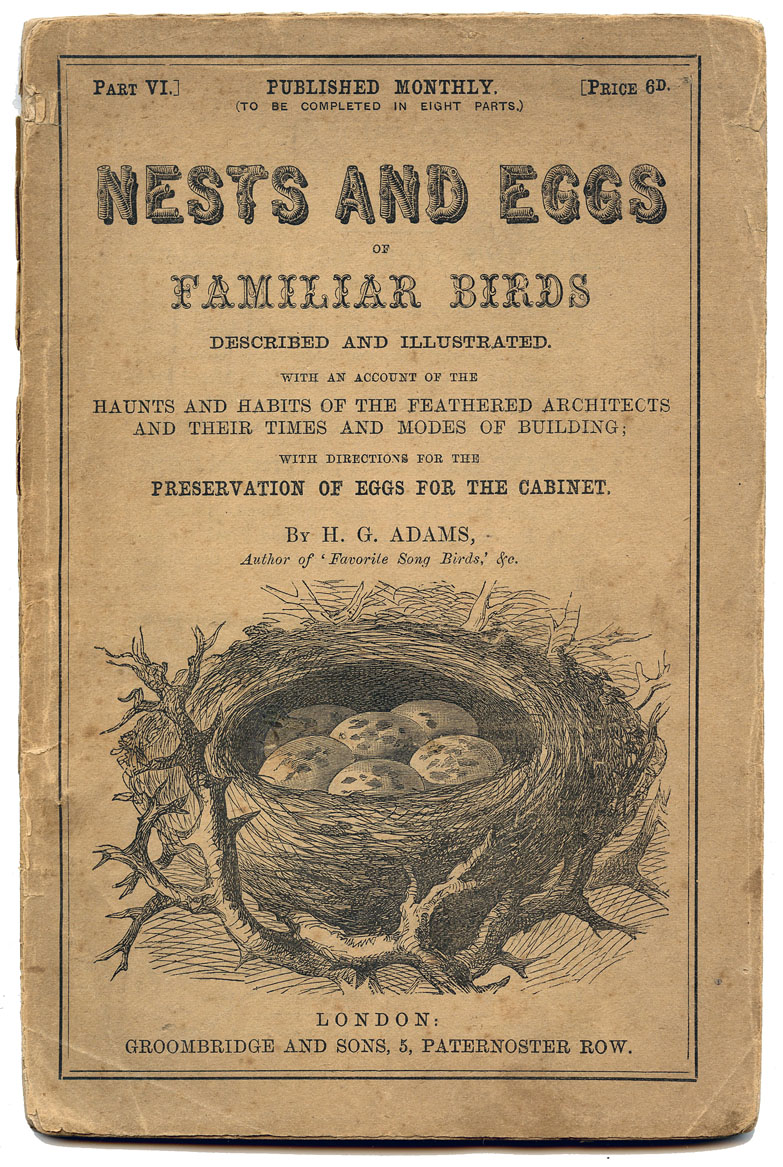43 what are food labels used for
Food Labels | CDC Food Labels Español (Spanish) Understanding the Nutrition Facts label on food items can help you make healthier choices. The label breaks down the amount of calories, carbs, fat, fiber, protein, and vitamins per serving of the food, making it easier to compare the nutrition of similar products. Food Labeling Basics - Food Quality & Safety The first job of a food label is to catch the consumer's eye. A good label makes us want to try what's inside the package. A label accomplishes this by being attractive and by telling the product's story. What is it? Why should we want to buy and eat it? The story may vary a great deal depending on the product.
Food labels can also help to mitigate main public health issues like diabetes or obesity. People will be more aware of what they are eating and could reduce their calory intake. Even though many people might still ignore the information on food labels, a certain fraction of people might care.

What are food labels used for
Use food labels - Canada's Food Guide Food labels provide information you can use to make informed choices about foods and drinks at the grocery store and at home. Food labels can help you: compare and choose products more easily know what ingredients a food product contains choose products with a little or a lot of the nutrients that are of interest to you Changes to food labels Food labelling and packaging: Overview - GOV.UK Suitable packaging is marked 'for food contact' or has a symbol on it that looks like a wine glass and a fork. There are special rules for using plastics, ceramics or cellophane for packaging. You... Food labels - NHS Supermarkets and food manufacturers now highlight the energy, fat, saturated fat, sugars and salt content on the front of the packaging, alongside the reference intake for each of these. You can use nutrition labels to help you choose a more balanced diet. For a balanced diet: eat at least 5 portions of a variety of fruit and vegetables every day
What are food labels used for. 36 Food Labels You Should Know | News The Food Allergen Labeling and Consumer Protection Act mandates that products containing these ingredients must declare them in plain language on the ingredient list or via the word "contains" followed by the name of the major food allergen, or as a parenthetical statement in the list of ingredients. Increasingly product labels also denote ... How to Label Food in a Restaurant or Commercial Kitchen Here are some examples of how to label food in a commercial kitchen. Start by identifying the product. Writing the name of the item on the label is the first step to being organized and quickly finding the food you seek. Next, ensure employees write their name or initials on the label they created. This will help ensure accountability among ... How to understand food labels - Eat For Health The Nutrition Information Panel on a food label offers the simplest and easiest way to choose foods with less saturated fat, salt (sodium), added sugars and kilojoules, and more fibre. It can also be used to decide how large one serve of a food group choice or discretionary food would be and whether it's worth the kilojoules. Understanding Food Labels - Food Ingredient Facts Food labels are required to list all ingredients contained in the food in descending order based on the amount found in the final product. Most food additives are therefore found toward the end of the ingredient list. This indicates they are used in very small amounts in the food, generally less than two percent of the product.
Consumers' opinions, use of food labels and knowledge of food additives Download Citation | Consumers' opinions, use of food labels and knowledge of food additives | Purpose This study aims to determine what consumers take into consideration while buying food and to ... Food labels - Better Health Channel Food labels Food additives. All food additives must have a specific use and be assessed and approved by Food Standards Australia New... Nutrition information panel (NIP). The nutrition information panel (NIP) tells you the quantity of various nutrients a... Nutrients listed in the NIP. Other ... Six reasons why food labelling is important 1. Keep healthy - Labels help you to understand the composition of your food: its vitamins, minerals, calories, fats, etc. This information is fundamental in ensuring that you are eating the kinds of food that are good for you. With labels, you can monitor your intake of micronutrients to avoid deficiencies, especially common ones like iron ... Are Food Labels Effective as a Means of Health Prevention? Food label represents the identity card of food products: it reports composition, ingredients and their relative amounts, it informs about quality, origin, processing and preservation. This information gives the consumer the opportunity to consciously choose what to purchase.
Labelling - Food Standards The Food Standards Code includes the general labelling and information requirements (Chapter 1 of the Code) that are relevant to all foods, and sets out which requirements apply in different situations (for example food for retail sale, food for catering purposes, or an intra-company transfer). Bundling food labels: What role could the labels "Organic," "Local" and ... Segment 2 (welfare-reluctant consumers; 41% of all respondents) is composed of respondents who negatively valued the use of the label "Animal Friendly." The results also show that they are not willing to pay a premium for the use of the labels "Organic" and "Local." They positively value only the use of the label "Low Fat." What's on a Food Label Presentation | UNL Food Food labels help consumers make purchasing decisions at the grocery store and provide information about what is inside the container. A food label initially helps sell the product to the consumer and gives the consumer information about the product identity, quality, nutrition, and relevant health and safety information. Food Labeling & Nutrition | FDA Food labeling is required for most prepared foods, such as breads, cereals, canned and frozen foods, snacks, desserts, drinks, etc. Nutrition labeling for raw produce (fruits and vegetables) and...
How To Read Food and Beverage Labels - National Institute on Aging There are three types of product dates commonly printed on packaged foods and beverages: "Sell by" tells how long the manufacturer suggests that a store should sell items such as meat, poultry, eggs, or milk products. Make sure you buy by this date. "Use by" tells how long items will be at peak quality.
Food Labels Explained - Farm Aid Organic labels can be found on produce, dairy, meat, processed foods, condiments and beverages. Food products labeled "organic" must contain at least 95% organic ingredients with no synthetic growth hormones, antibiotics, pesticides, biotechnology, synthetic ingredients or irradiation used in production or processing.
What Food Labels Mean—and Don't - Consumer Reports Processed foods labeled "organic" also cannot contain artificial ingredients unless they go through a rigorous review process, and have no artificial preservatives, colors, or flavors. Natural ...
Packaging and labelling | Food Standards Agency Food labels must be marked with either a 'best before' or 'use by' date so that it is clear how long foods can be kept and how to store them. Further information can be found in the guide on date...
Label - Wikipedia A label is a piece of paper, plastic film, cloth, metal, or other material affixed to a container or product, on which is written or printed information or symbols about the product or item. Information printed directly on a container or article can also be considered labelling. Labels have many uses, including promotion and providing information on a product's origin, manufacturer, use, safety, shelf-life and disposal, some or all of which may be governed by legislation such as that for food in


Post a Comment for "43 what are food labels used for"